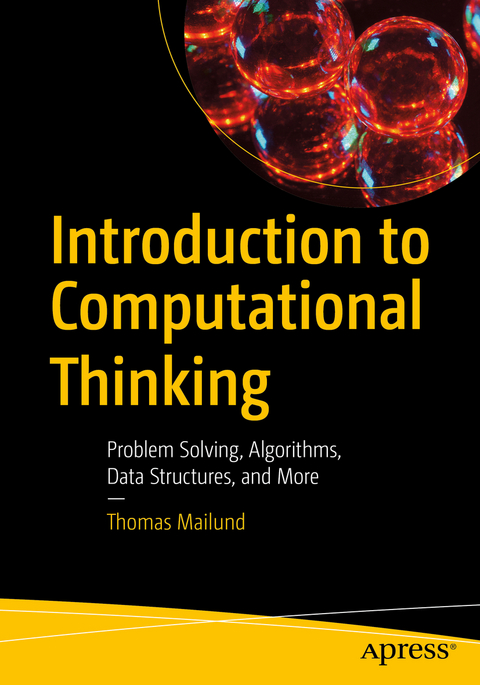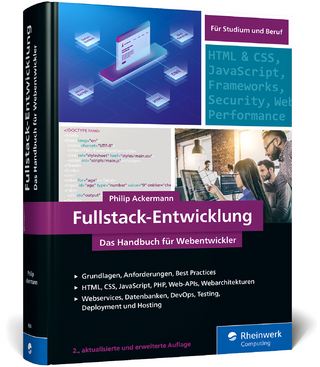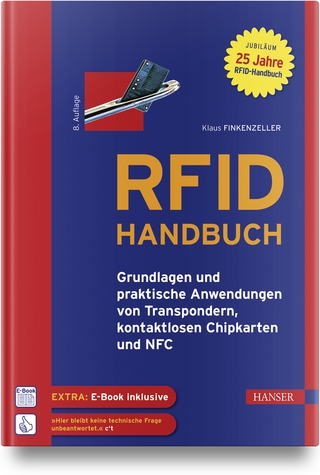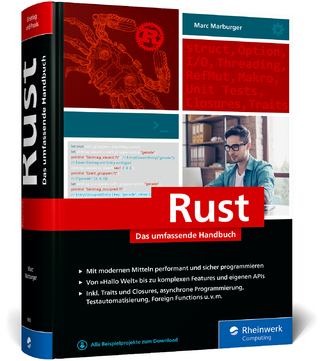
Introduction to Computational Thinking
Apress (Verlag)
978-1-4842-7076-9 (ISBN)
Learning how to program can be very rewarding. It is a special feeling to seeing a computer translate your thoughts into actions and see it solve your problems for you. To get to that point, however, you must learn to think about computations in a new way—you must learn computational thinking.
This book begins by discussing models of the world and how to formalize problems. This leads onto a definition of computational thinking and putting computational thinking in a broader context. The practical coding in the book is carried out in Python; you’ll get an introduction to Python programming, including how to set up your development environment.
What You Will Learn
Think in a computational way
Acquire general techniques for problem solving
Seegeneral and concrete algorithmic techniques
Program solutions that are both computationally efficient and maintainable
Who This Book Is For
Those new to programming and computer science who are interested in learning how to program algorithms and working with other computational aspects of programming.
Thomas Mailund, PhD is an associate professor in bioinformatics at Aarhus University, Denmark. He has a background in math and computer science, including experience programming and teaching in the C, Python and R programming languages. For the last decade, his main focus has been on genetics and evolutionary studies, particularly comparative genomics, speciation, and gene flow between emerging species.
1: Introduction.- 2: Introducing Python Programming.- 3: Introduction to Algorithms.- 4: Algorithmic Efficiency.- 5: Searching and Sorting.- 6: Functions.- 7: Inner Functions.- 8: Recursion.- 9: Divide and Conquer and Dynamic Programming.- 10: Hidden Markov Models.- 11: Data Structures, Objects and Classes.- 12: Class Hierarchies and Inheritance.- 13: Sequences.- 14: Sets.- 15: Red-black Search Trees.- 16: Stacks and Queues.- 17: Priority Queues.- 18: Conclusions.
| Erscheinungsdatum | 02.08.2021 |
|---|---|
| Zusatzinfo | 78 Illustrations, black and white; XIII, 657 p. 78 illus. |
| Verlagsort | Berkley |
| Sprache | englisch |
| Maße | 178 x 254 mm |
| Themenwelt | Mathematik / Informatik ► Informatik ► Programmiersprachen / -werkzeuge |
| Mathematik / Informatik ► Informatik ► Theorie / Studium | |
| Mathematik / Informatik ► Mathematik ► Analysis | |
| ISBN-10 | 1-4842-7076-2 / 1484270762 |
| ISBN-13 | 978-1-4842-7076-9 / 9781484270769 |
| Zustand | Neuware |
| Haben Sie eine Frage zum Produkt? |
aus dem Bereich


